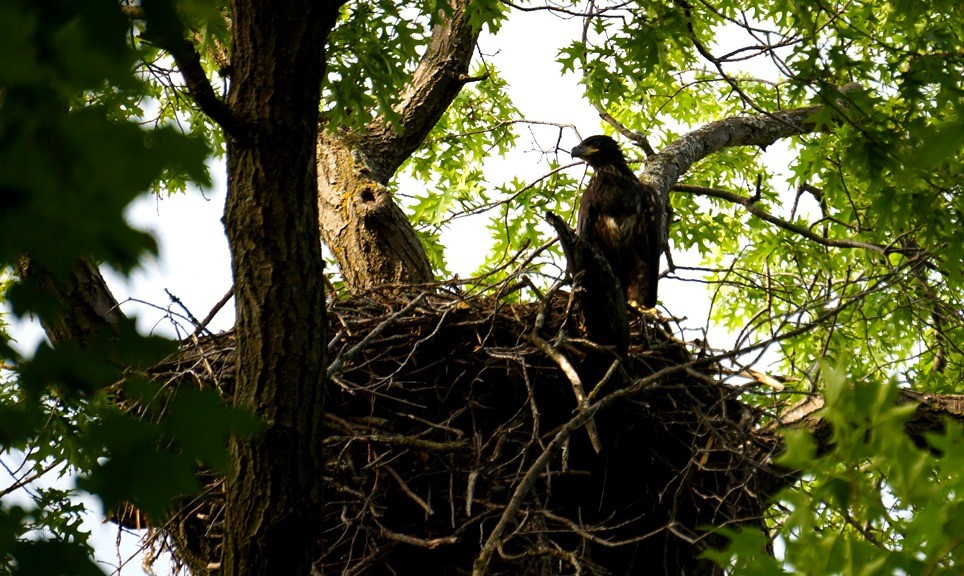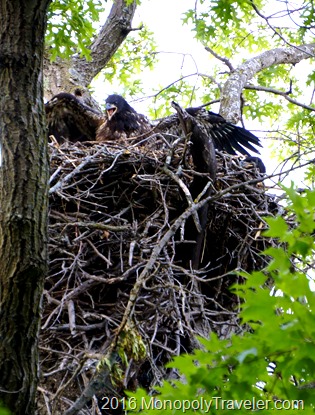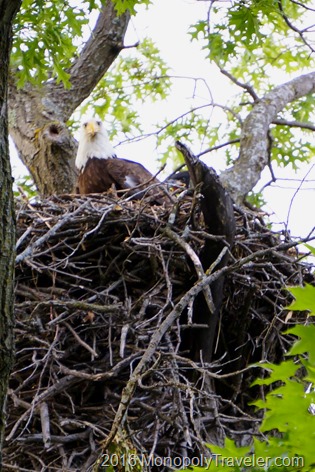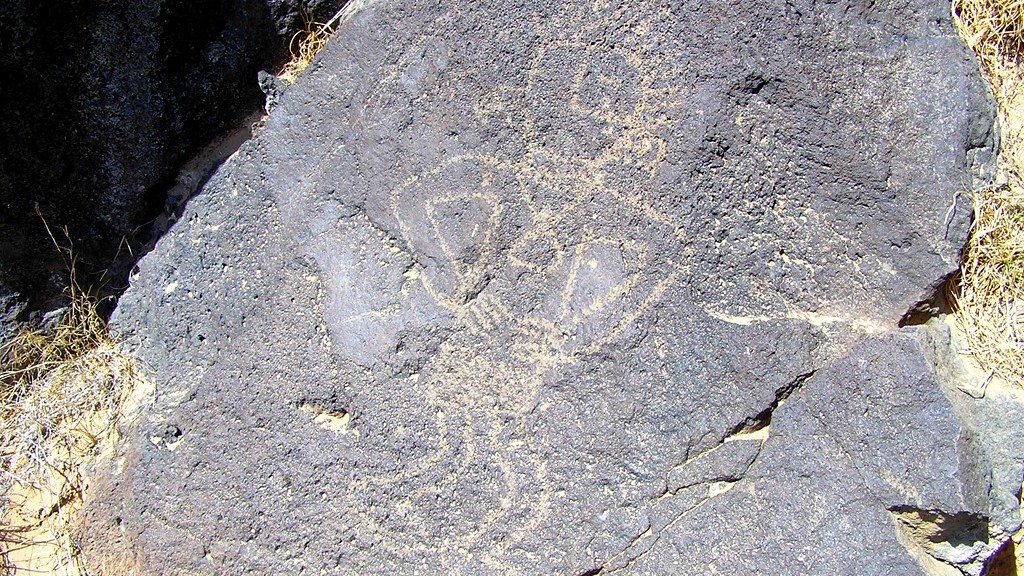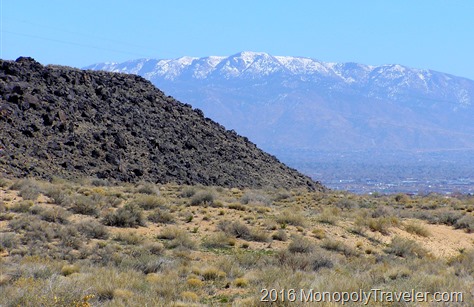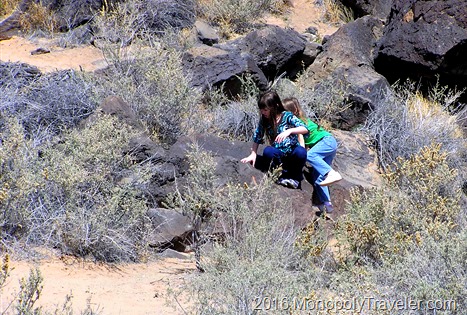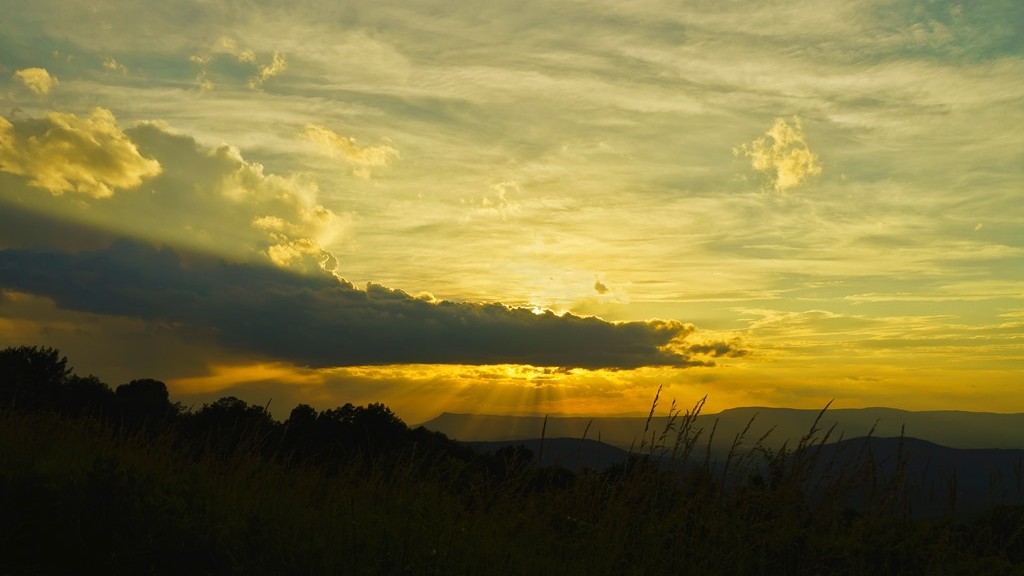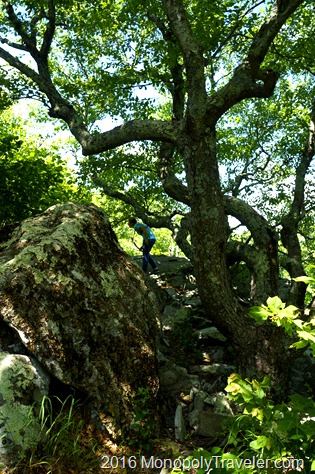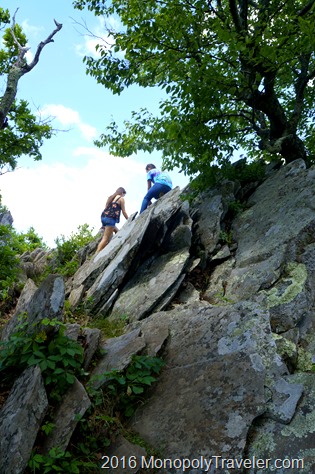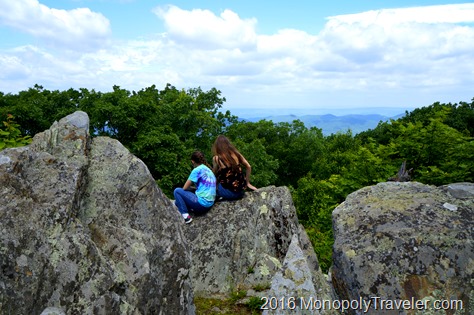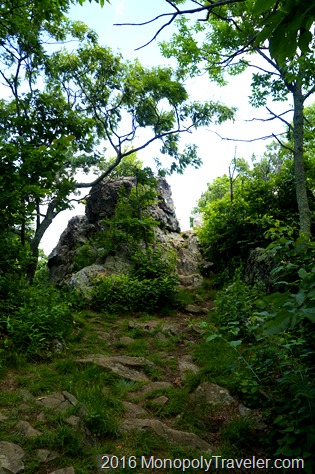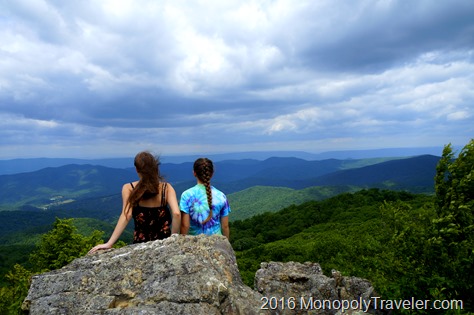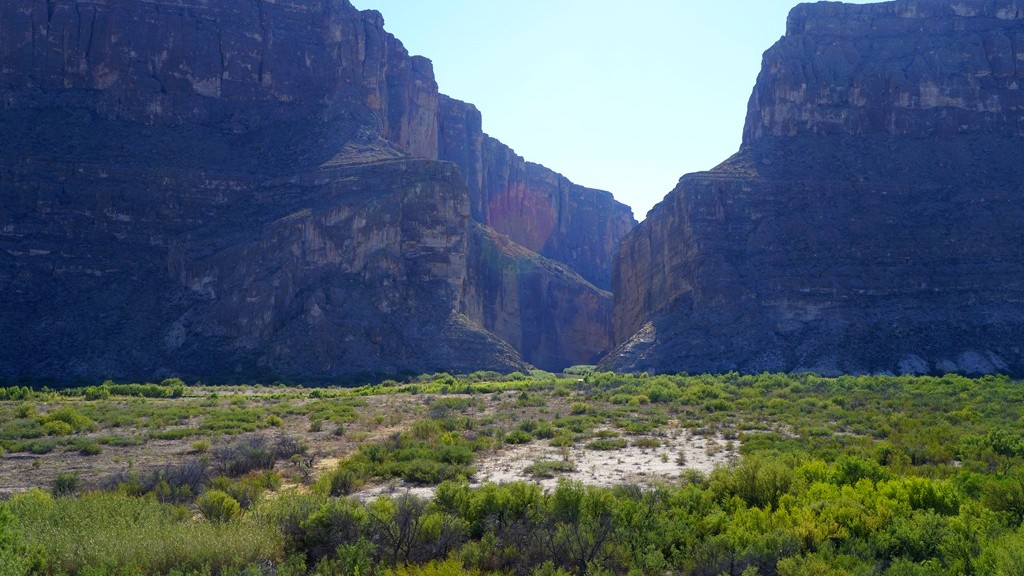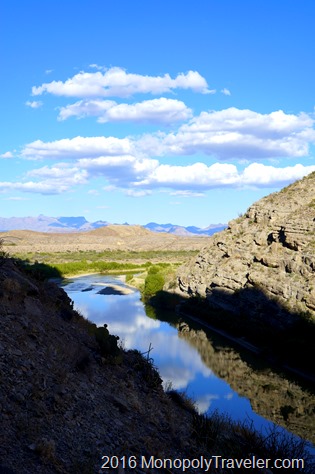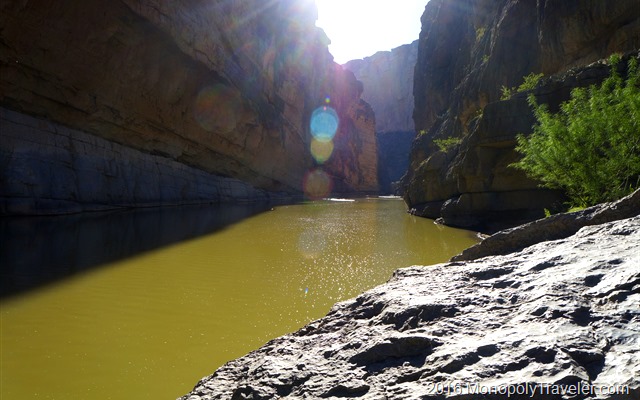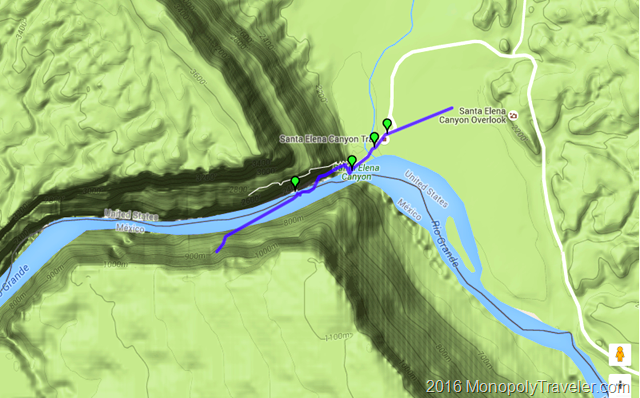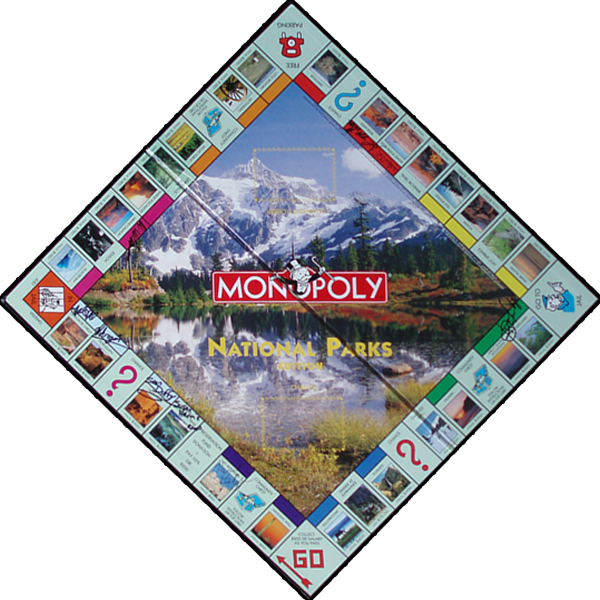I’ve been fortunate this year to watch bald eagles as they maintained their nest and are currently raising young eaglets. I don’t visit frequently as I prefer to allow them to continue without being disturbed too frequently risking their departure earlier than they should. I’ve only been close enough to see the nest a couple of times.
The first was in March before there were any leaves on the trees making it easier to find. They could also see me easily and were not happy about me being in their territory. It was at that time that I learned exactly what bald eagles sound like and have been able to identify their calls since. There have been several times I’ve been in the area and heard their calls telling me they’re still occupying the nest and raising the young without going near the nest. Being able to recognize their calls have directed me to other nests now that I know what I’m listening and looking for.
My second visit to their nest was later in the spring after all of the trees grew leaves hiding the nest from most spots on the ground. Fortunately I found an area to observe and photograph the eagles for a short time. During that time the adults fed their eaglets and the young eagles danced around the nest before and after eating.
While photographing I didn’t realize that one of the adults was searching for the sounds my camera was making until it was looking directly at me. Once spotted the eagle began screeching and flew a short distance away while the eaglets hid inside their huge nest built from large sticks.
A little while later the young eagles began peering over the sides at me again and I decided it was time to leave them so they could continue on with life. Soon I expect they will be flying and difficult to find near the nest but it was fun and educational to watch them for a few hours.

